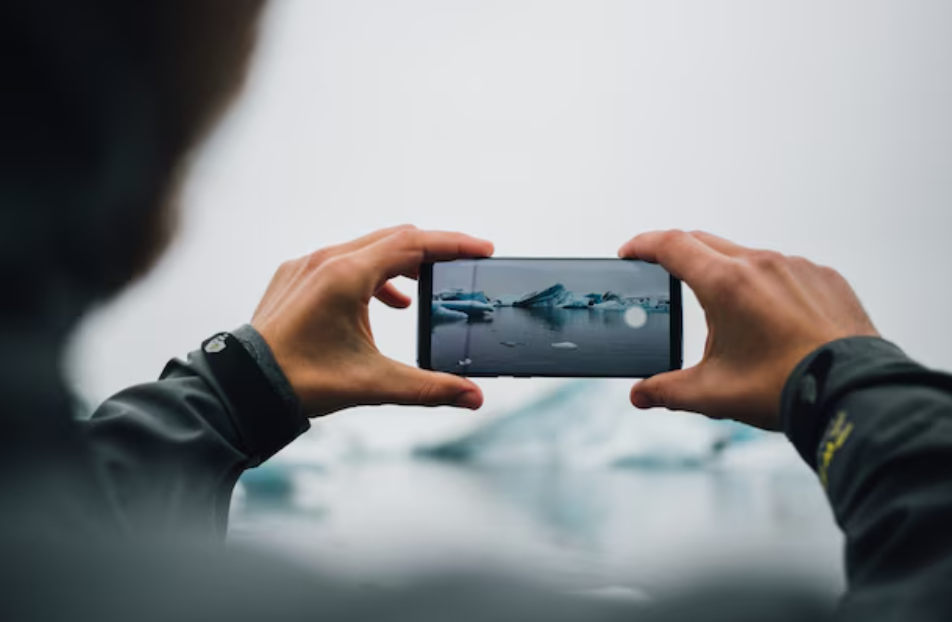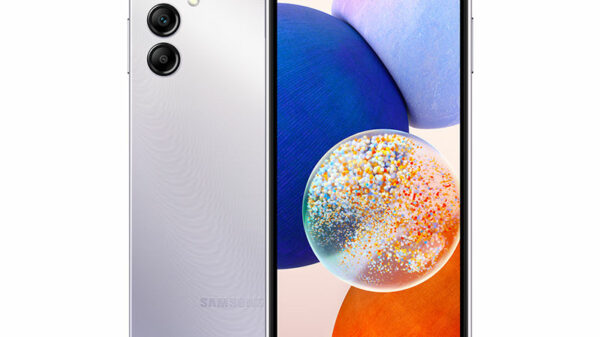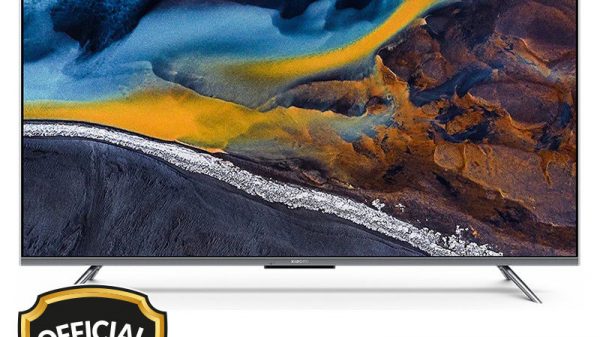Smartphones have revolutionized the world of videography, making it accessible to everyone. With the right techniques, you can create stunning videos that rival professional productions—all from the palm of your hand. Whether you’re capturing moments for social media, documenting special events, or exploring creative storytelling, mastering smartphone videography is within reach.
This guide of Pickaboo offers essential tips for beginners, covering everything from choosing the right settings and lighting to editing on the go. Get ready to unlock your smartphone’s full potential and elevate your videos to the next level!
-
Lighting
Lighting is a crucial element in videography, as it significantly impacts the quality and mood of your footage. Natural light is often the best option for beginners because it’s free and easy to work with. When shooting outdoors, aim to film during the golden hour—shortly after sunrise or before sunset—when the light is soft and warm, reducing harsh shadows and creating a pleasing atmosphere. If you’re indoors, position yourself near a window to utilize the soft, diffused light. Avoid filming under direct overhead lights, as they can create unflattering shadows.
For more control over your lighting, consider investing in affordable portable LED lights. These lights can help you achieve consistent and even illumination, especially in low-light situations. Experiment with different angles and distances to see how the light affects your subject. Remember, well-lit scenes not only look more professional but also make your videos more engaging and visually appealing to your audience.
-
Keep your phone steady
Keeping your phone steady is essential for capturing smooth, professional-looking videos. Shaky footage can distract your audience and detract from the quality of your content. To minimize camera shake, consider using a tripod or a smartphone gimbal stabilizer. These tools provide a stable base and allow you to focus on framing your shot rather than worrying about holding your phone steady. If you don’t have access to these tools, try bracing your phone against a solid surface or using both hands to grip it securely.
When shooting handheld, practice techniques like tucking your elbows close to your body and taking slow, deliberate movements. This can help reduce unwanted motion and produce more polished results. Additionally, many smartphones come with built-in image stabilization features—make sure this is enabled in your camera settings. A steady shot not only improves the visual quality of your videos but also enhances the overall viewing experience for your audience.
-
Get close to your subject
Getting close to your subject is key to capturing detailed and engaging footage. When you move closer, you can focus on the finer details, whether it’s a person’s expression, the texture of an object, or the intricate patterns in nature. This approach also minimizes distractions in the background, directing the viewer’s attention precisely where you want it. Remember, it’s better to physically move closer rather than relying on digital zoom, which can degrade the image quality and make your footage look pixelated.
Being close to your subject also adds an intimate, personal touch to your videos, making them more compelling. It allows you to capture subtle movements and emotions that might be lost from a distance. However, be mindful of the context and your subject’s comfort—especially when filming people. Respect personal space and adjust your proximity according to the situation to ensure a natural and authentic feel in your videos.
-
Be prepared for Audio
Audio quality is just as important as video quality in creating a polished and professional-looking film. Smartphone microphones can pick up unwanted background noise, so it’s crucial to be mindful of your environment. When filming outdoors, wind can be a major issue; try to position yourself where the wind is blocked, or use a small windscreen designed for smartphone mics. Indoors, avoid filming near noisy appliances or in echo-prone rooms. For interviews or vlogs, consider investing in an external microphone, which can greatly improve audio clarity.
It’s also essential to monitor your audio levels while recording. Many smartphones allow you to connect headphones to listen to the audio in real-time, helping you catch any issues before they become problems in post-production. Good audio enhances the overall viewing experience and keeps your audience engaged, so taking steps to ensure clear, high-quality sound will make a significant difference in your final product.
-
Be prepared for the shoot
Preparation is key to a successful shoot, even when using a smartphone. Start by planning your shots—know what you want to capture and how you want to frame it. Create a shot list or storyboard to guide your filming, ensuring you don’t miss any important scenes. Check your phone’s storage and battery life before you begin; running out of space or power in the middle of a shoot can be frustrating and disrupt your workflow. Carry a portable charger and an extra memory card if your phone supports it.
Additionally, familiarize yourself with your smartphone’s camera settings. Experiment with different modes, resolutions, and frame rates to find what works best for your project. Adjusting settings like exposure, focus, and white balance can make a huge difference in the final quality of your footage. By preparing ahead of time, you’ll be able to focus on creativity during the shoot, leading to more polished and professional results.
Conclusion
Mastering smartphone videography is a journey that combines creativity with practical skills. By focusing on key elements like lighting, stability, proximity, audio, and preparation, you can elevate your videos from amateur to professional quality. Remember, practice is essential—experiment with different techniques, learn from your experiences and continually refine your approach. With dedication and the right mindset, your smartphone can become a powerful tool for capturing stunning visuals and telling compelling stories. Start applying these tips today, and watch your videography skills reach new heights!







